#Chinese gardens
Explore tagged Tumblr posts
Photo









windows in chinese gardens
5K notes
·
View notes
Text

15 notes
·
View notes
Text

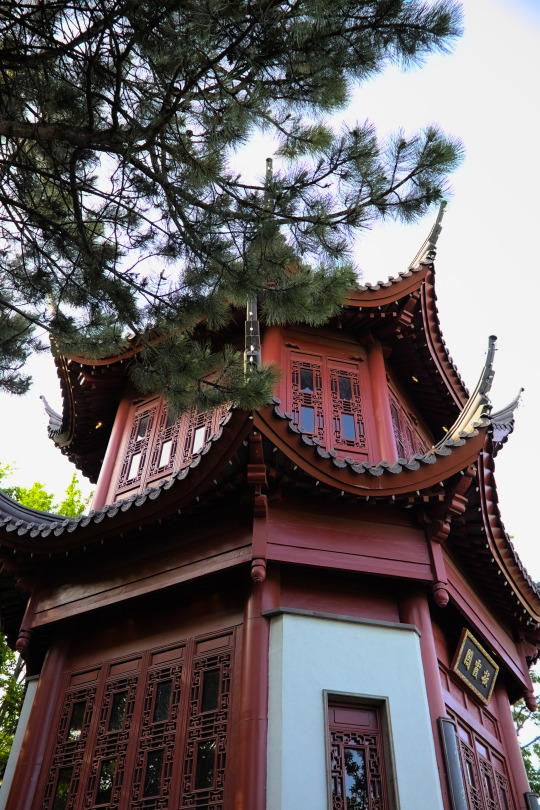
Chinese architecture in Dream Lake Garden, Montréal
#photography#Chinese aesthetic#Chinese architecture#Montreal#Chinese gardens#Jardins Botanique de Montreal#Montreal Botanical Garden
24 notes
·
View notes
Text
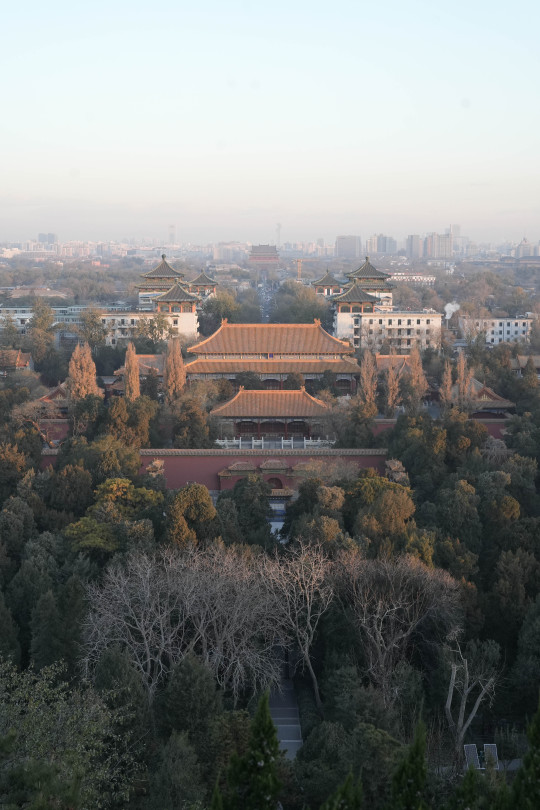
The view at dawn from the imperial Jingshan Park in Beijing, where the last emperor of the Ming Dynasty hung himself.
9 notes
·
View notes
Text

10 notes
·
View notes
Text
Hi Producer (正好遇见你) Infodump
Disclaimer: I have no idea about the accuracy of the information shared in the drama, I'm merely transcribing for future reference purposes. Proceed with caution!
.
Ep 32-33: Ming-Style Carpentry and Landscaping
Canglang Pavillion and Ke Yuan
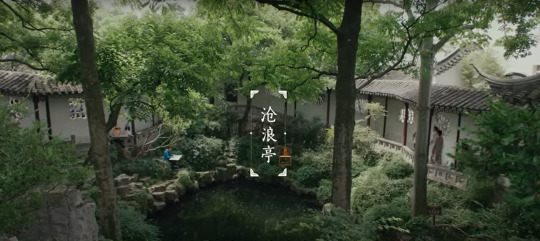
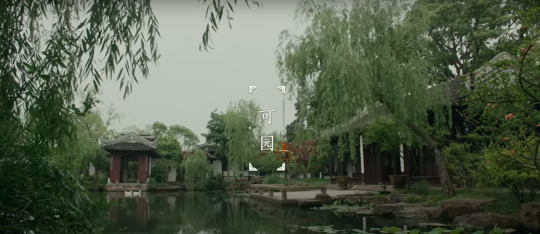
Known for the unique landscaping art, before you enter the garden of Canglang Pavilion there is a pond surrounding the garden. Inside it, rocks are the main element of the scenery. You'll be greeted by a hill. Pavilion is right on top of it. At the foot of the hill is a pond. The body of water is connected to the mountain with a winding corridor. Southeast of the fake mountain is Mingdao Hall. It's the main building of the garden. In 2000, the UNESCO listed it as a world heritage site.
Keyuan garden isn't very big. It's only 0.741 acres. But it has a long and rich history. The characteristics of Keyuan can be described with five lines, which are, "An azure pond in the middle, a spacious construction, a full-circle corridor, a bright and clear view, a tranquil and vast yard."
Landscaping art boasts so many details. The buildings, rocks, plants, and ponds that form the scenery come from nature and transcend nature. It's an extraordinary fusion of picturesque scenery and craftsmanship. This goes perfectly with the saying, "The garden owner's disposition is represented and told by the well-arranged landscape."
In spring, you can appreciate the blooming crabapple. On a summer day, you can enjoy the coolness under a pipa tree. On autumn nights, you can hear raindrops hitting the banana leaves. And in winter, you can enjoy the warmth of a fire while admiring the plum blossoms. It's such a serene and relaxing life.
youtube
Ming era Furniture and Carpentry
The unearthed cultural relics in Wang Xijue's tomb from the late Ming Dynasty, such as garments, jewelry, accessories, embroidery, furniture used as funeral objects, and items used in daily life not only reflect the advanced level of craftsmanship and technology at that time but also shed light on the political, economic and cultural conditions of that period.
When the powerful official Yan Shifan's property was confiscated, a total of 657 beds made of marble, mother-of-pearl inlay, and colored lacquer were collected, along with 7,444 items of chairs, cabinets, and tables. This shows officials and the rich at the time preferred using Ming-style furniture as a symbol of great wealth.
The scholars sought a refined and simplified living environment that was skillfully natural in its arrangement. A miniature Ming-style furniture set discovered in the joint tomb of Wang Xijue, a Senior Grand Secretary, and his wife. These things are so tiny and delicate. Chinese in ancient times thought of death as another life. After the passing, replicas of items used in life were buried as funeral objects. When Wang Xijue's tomb was unearthed, this set of miniature funeral objects was placed on his coffin. There is a hanger, a wooden basin, and an alcove bed. There is a stand for the basin and so many kitchen wares. You can find almost anything you need in real life.
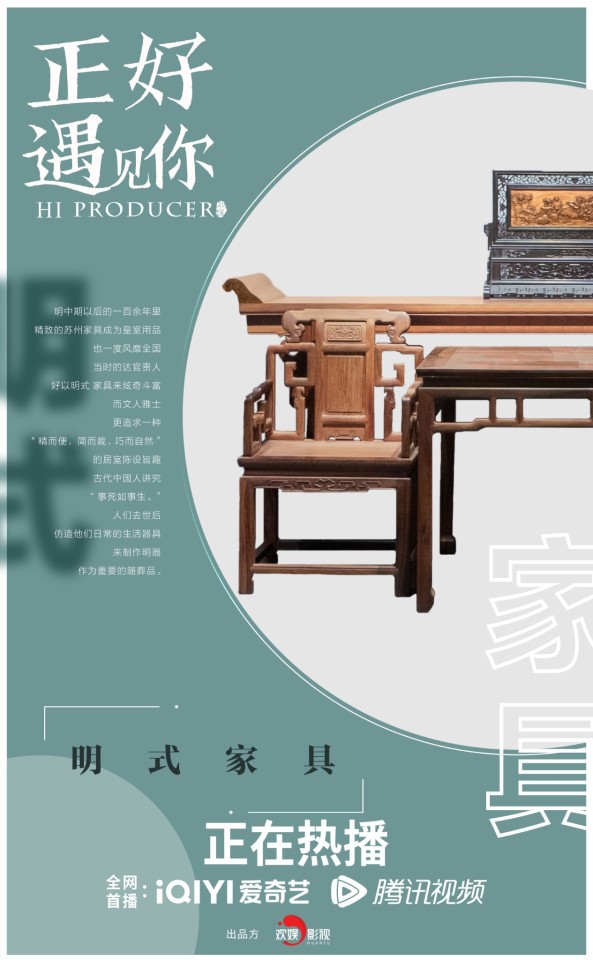
The palaces in Hengdian World Studio are one-to-one replicas, but they aren't made with traditional mortise and tenon joints.
Suzhou Museum recreated a Ming-style study based on the literature "Chang Wu Zhi".
.
Tanyangzi and the Alcove Bed
She's a legendary young woman from Ming Dynasty, whose proposed future husband died and the in-laws demanded that she live the rest of her life in seclusion as a widow. Then she apparently cultivated Taoism and ascended at mere age of 23, which resulted in an entire niche religion of people worshipping her.
It's a very interesting story for sure, when you consider how Ming Dynasty was the most restrictive towards women and how this girl stood her ground and found her salvation in her own way. History says that Tanyangzi's death might have been from a hunger strike or poisoning from an elixir. But in the "Miscellaneous Morsels from Zaolin", Tan Qian wrote Madam Zhu was able to marry her daughter to a scholar from Shaoxing with a hefty dowry. And she claimed that her daughter had ascended in daylight.
It's irrelevant if she truly attained immortality or played a trick to get the society forcing their norms on her off of her back. Either way, you go Gui'er!!
I tried looking up sources in English but could only find some old articles by some Western universities, I think you can get a better summary by even just machine translating the Baidu Baike page which is linked below.
Hi Producer narrates this story by incorporating her mother's unconditional love and support into it and provides a "realistic explanation".
The alcove bed is a type of large bed that came into being in the late Ming Dynasty. It is also known as the eight-step bed and the platform bed. The alcove bed came in two styles. The colonnade style and the enclosed colonnade style. A small "room" is built on top of a four-post bed with three low panels to form a cloister-like structure. A shallow colonnade of about two to three chi is installed at the front of the bed, with a footrest in the centre. The left and right sides are used to place small cabinets, tables, stools, and even dressing tables. It is a clever and intricate design. The hardwood alcove bed requires a lot of materials and manual labor. It is a luxurious and exquisite piece of furniture. It was popular in the Jiangnan area during the Ming and Qing dynasties. Many wealthy families in the area would have such a bed made for their daughters the moment they were born to be included as part of their dowry, taking years to complete. To have a piece of furniture encompass parental love is also a unique way the Chinese show love.
The segment is timestamped below immeadietely followed by the Documentary part:
youtube
.
More Hi Producer posts
#cdrama#chinese drama#正好遇见你#Hi Producer#chinese history#Ming dynasty#ming dynasty women#chinese furniture#chinese gardens#carpentry#landscaping
6 notes
·
View notes
Text



Twin Pagodas.
1 note
·
View note
Text
Becoming an Expert in Chinese Garden Design: A Complete Guide

Chinese garden design is a unique and intricate art form that has been honed and perfected over centuries. It is a reflection of the Chinese culture, history, and philosophy, and is an essential part of the Chinese lifestyle. The art of Chinese garden design is not just about creating a beautiful and serene space, but also about incorporating elements of balance, harmony, and Feng Shui to create a truly special and meaningful environment. In this comprehensive guide, we will explore the fascinating world of Chinese garden design, from its rich history and philosophy to its key elements and principles. We will also discuss how to incorporate Chinese garden design into Western landscapes, as well as the essential tools and materials needed to create a Chinese garden. Finally, we will provide some inspiration by showcasing some of the most beautiful and famous Chinese gardens that you can visit.
Mastering The Art Of Chinese Garden Design: A Comprehensive Guide
Welcome, fellow garden enthusiasts! Have you ever been captivated by the serene beauty of a Chinese garden? I certainly have. My journey to mastering the art of Chinese garden design has been one filled with fascination, frustration, and ultimately, great joy.
**1. Understanding the Principles:** Chinese gardens are not just about pretty flowers and manicured lawns. They are carefully crafted spaces that reflect harmony, balance, and the connection between man and nature. Take time to study the principles behind these gardens, such as **feng shui** and **yin yang**.
**2. Embracing Nature:** One of the key principles of Chinese garden design is the idea of working with nature rather than against it. Let your garden flow naturally, incorporating elements like rocks, water, and plants in a way that feels organic and harmonious.
**3. Creating Tranquility:** Chinese gardens are meant to be tranquil retreats from the chaos of the outside world. Incorporate elements like **bamboo** groves, winding pathways, and quiet alcoves where you can sit and contemplate the beauty around you.
In Chinese garden design, less is often more. Embrace simplicity and let the natural beauty of your surroundings shine through. - Chinese Garden Master
**4. Paying Attention to Detail:** Every element in a Chinese garden has a purpose and meaning. From the placement of a single rock to the direction of a winding pathway, every detail is carefully considered to create a sense of balance and harmony.
**5. Incorporating Symbolism:** Chinese gardens are filled with symbolic meanings, from the choice of plants to the layout of the space. Research the symbolism behind elements like **lotus flowers**, **pagodas**, and **Chinese pavilions** to infuse your garden with deeper meaning.
**6. Finding Inspiration:** Chinese garden design is a rich and diverse art form that has evolved over centuries. Take inspiration from famous gardens like the **Humble Administrator's Garden** in Suzhou, China, or the **Classical Gardens of Suzhou** to inform your own designs.
I hope this guide has inspired you to embark on your own journey to mastering the art of Chinese garden design. Remember, the key is to approach your garden with patience, respect for nature, and a deep appreciation for the beauty of the world around you. Happy gardening!
For more in-depth insights into the world of Chinese garden design, check out this related article on The History and Evolution of Chinese Gardens.
Learn more about gardening with Taim.io!
1 note
·
View note
Text

The Los Angeles House: Decoration and Design in America's 20th-Century City, 1995
#vintage#interior design#home#vintage interior#architecture#home decor#style#1990s#90s#pool#Los Angeles#California#myfavorites#Chinese#porcelain#patio#outdoor living#classical#sculpture#garden
745 notes
·
View notes
Text

Missouri Botanical Garden, St. Louis, Missouri, USA
#chinese garden#missouri#missouri botanical garden#usa#botanical garden#winter#snow#nature#garden#2010#petitworld favs#petitworld
991 notes
·
View notes
Text














南池子nanchizi garden, beijing in china
4K notes
·
View notes
Text

4 notes
·
View notes
Text





Plant of the Day
Wednesday 29 January 2025
The hardy annual or biennial Lunaria annua (honesty, Chinese money, grandpa's specs, money in both pockets, moon seed, penny flower, satin pod, silver plate, white satin, silver dollar) has a number of varieties with purple, white or lilac coloured flowers and some have variegated foliage. The major display feature of all these is that in autumn and winter after flowering there are flat, round, silvery seed pods. The plants will readily self-seed to provide a succession of plants.
Jill Raggett
#Lunaria#honesty#Chinese money#grandpa's specs#moon seed#money in both pockets#penny flower#satin pod#silver plate#white satin#silver dollar#annual#hardy#biennial#seedheads#dried flowers#essex#Beth Chatto garden#plants#horticulture#gardens#garden
317 notes
·
View notes
Text


chinese globeflower
2024/06/08
#photography#photographers on tumblr#nature#naturecore#nature photography#aesthetic#flowers#adventure#flora#poland#garden#botanical garden#botanic#globeflower#chinese globeflower
515 notes
·
View notes
Text

1 note
·
View note
Text
year of tiny snake

#year of the snake#snake in the grass#chinese new year#happy chinese new year#happy new year#cats of tumblr#cute kitty#cute core#cute animals#cute cats#cute cute cute#kitty#cats#cuteness#pets#garden#fluffy#kitty cat#fuzzy#fluff#cute#orange tree#orange#mandarin orange
204 notes
·
View notes